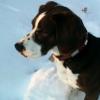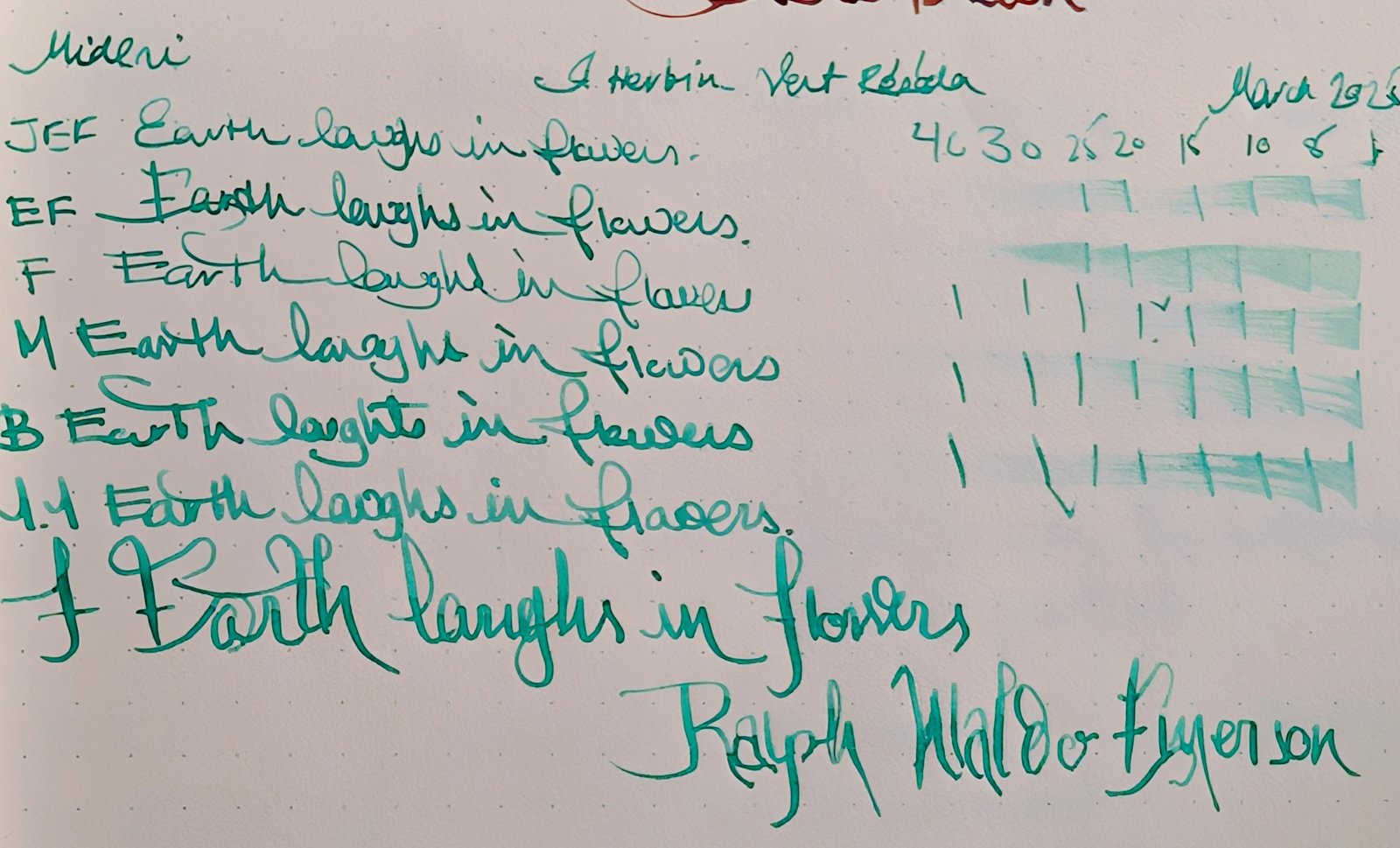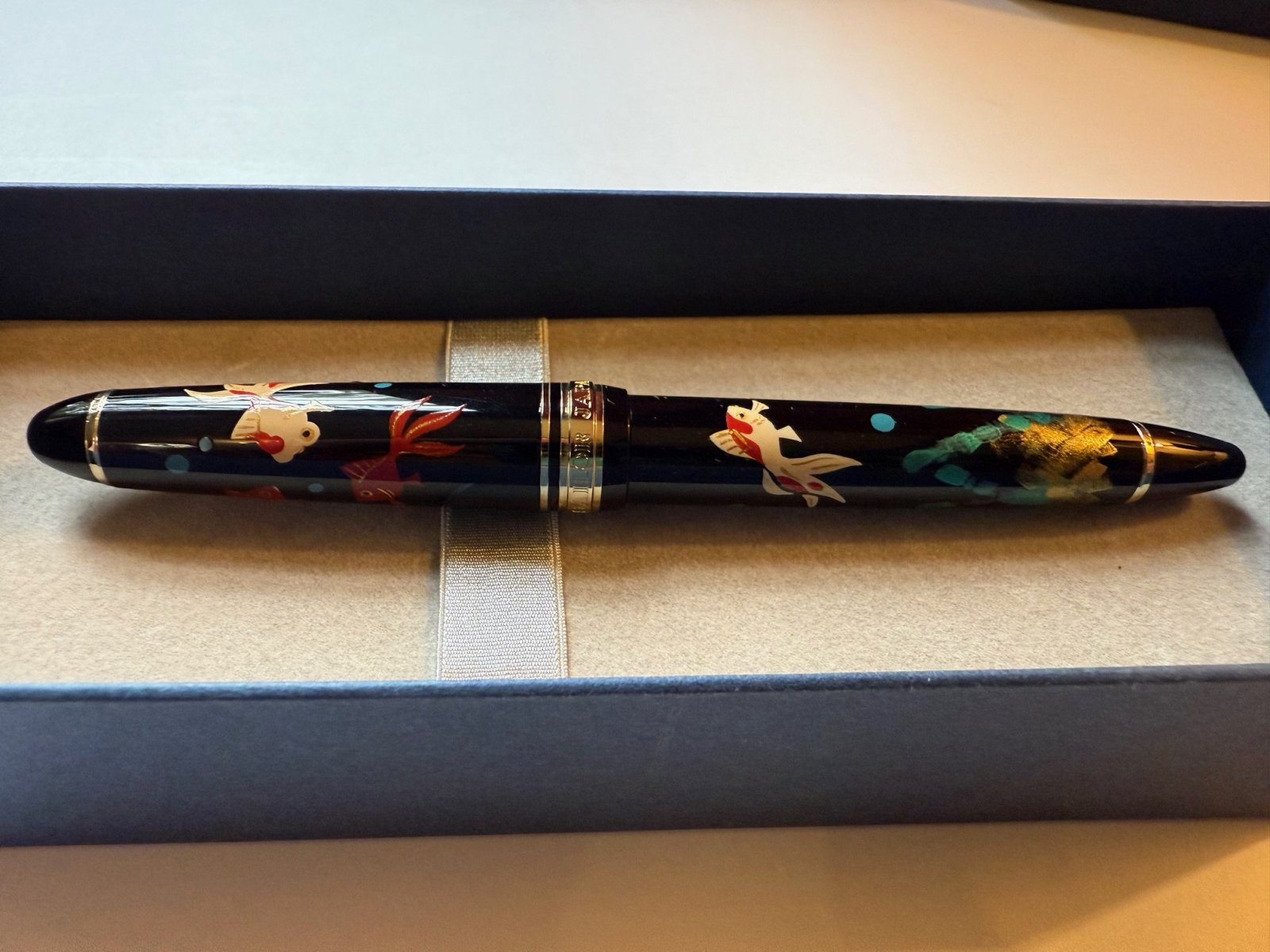Stub O' The Day
-
Forum Statistics
355.4k
Total Topics4.6m
Total Posts -
Member Statistics
128,377
Total Members18,857
Most OnlineNewest Member
tinara
Joined -
Images
-
Albums
-
00-Feb-March-April2025
- By yazeh,
- 0
- 0
- 58
-
USG 10
- By USG,
- 0
- 0
- 31
-
Chinese pens
- By A Smug Dill,
- 22
- 98
-
Dan Carmell
- By Dan Carmell,
- 0
- 3
- 66
-
NPDs
- By Guy M,
- 0
- 0
- 1
-


















.thumb.jpg.f07fa8de82f3c2bce9737ae64fbca314.jpg)



desaturated.thumb.gif.5cb70ef1e977aa313d11eea3616aba7d.gif)







Recommended Posts